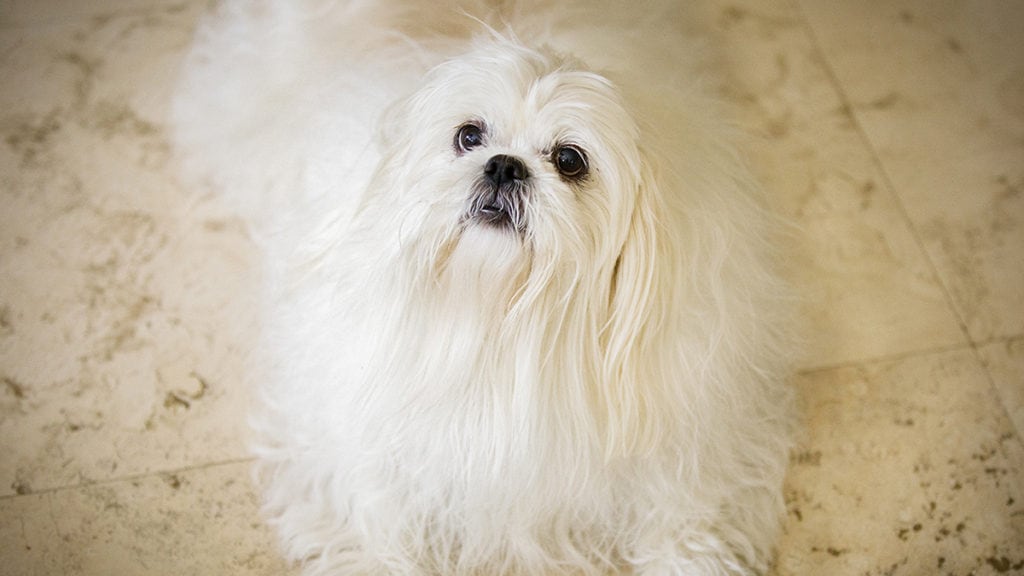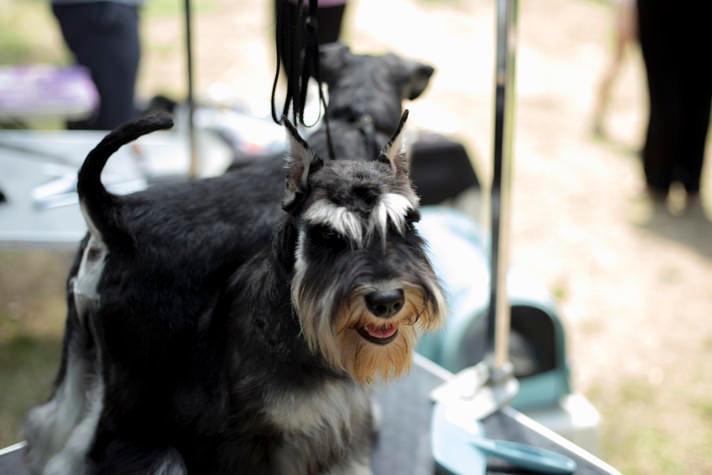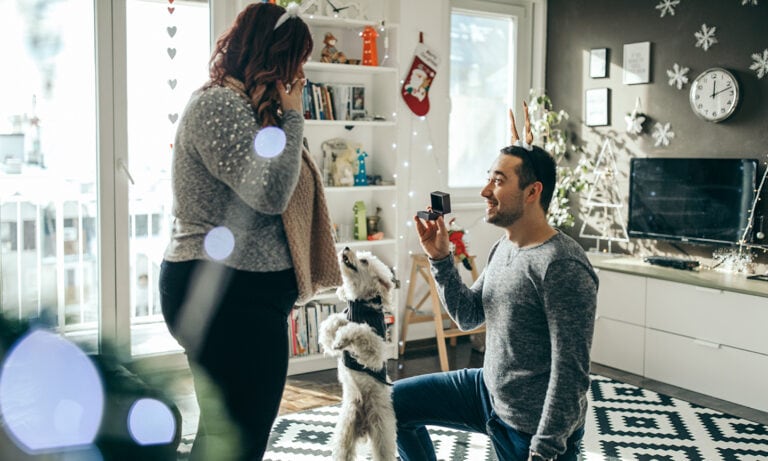Understanding the Canine Cruciate Ligament and TPLO Surgery
One of the most common orthopedic injuries in dogs is a torn cranial cruciate ligament. The cranial cruciate ligament, sometimes known as the ACL, is a tiny ligament within the dog knee. The cranial cruciate ligament stabilizes the knee and prevents the femur bone from sliding back and forth on the tibia bone. For reasons still unknown (scientists are hard at work to find out!), in some dogs, this ligament weakens and becomes prone to tearing. Unlike humans, who usually tear their ACL doing something athletic, dogs can tear a cranial cruciate ligament just playing fetch or jumping wrong because the ligament is weak. If the cruciate ligament tear is not treated properly, then the injury leads to chronic pain and limping due to knee instability and osteoarthritis.
What Is TPLO Surgery?
Just like in humans, when a dog tears a cranial cruciate ligament, surgery is needed to repair the injury. For dogs that weigh more than 40 pounds, the recommended treatment for a torn cranial cruciate ligament is a surgical procedure called a tibial plateau leveling osteotomy, commonly referred to as a TPLO. TPLO surgery involves removing the torn ligament, removing torn parts of the meniscus, and then cutting the lower leg bone (tibia) to rotate the surface of the bone that is involved in the knee joint.
If you are wondering why the surgeon would have to cut a bone to repair a ligament, then you are not alone. A TPLO procedure uses the principles of basic physics to stabilize the knee. The dog knee joint is sloped, and the major force holding the joint in place is the cranial cruciate ligament. When the cranial cruciate ligament tears, a combination of the slope of the knee and muscles acting on the knee, including the quads and the calf muscles, causes the femur bone to slide forward when the dog bears weight on the leg. Each time this happens, it not only hurts, but it abnormally wears down the cartilage, resulting in the development of osteoarthritis. It can also tear the meniscus that cushions the dog knee joint. When the tibial bone is cut and rotated in a TPLO surgery, it levels out the knee joint and stabilizes the joint. This eliminates the sliding action that causes pain and arthritis. Of course, if a surgeon cuts a bone, then it must be repaired. After the bone is rotated, the surgeon installs a stainless steel bone plate with screws on the tibia to hold the two pieces in place.
Recovery From TPLO Surgery
Dogs that receive proper treatment for cranial cruciate ligament tears with a TPLO recover more quickly, have more flexibility in the affected knee, and are much less likely to develop arthritis in the affected knee. A TPLO requires specialized training and should only be performed by a board-certified veterinary surgeon.
If your dog has a cranial cruciate ligament injury and you are considering TPLO surgery, then you should know that the rehabilitation period is a slow return to full function, taking about 6 months. People often think that their dog should be back to normal after the stitches come out, but nothing could be further from the truth. How you care for your dog following TPLO surgery is critical to the long-term success of the procedure. Following a TPLO, your dog must be confined for 6-8 weeks to allow for the bone to heal—indoors only with no walks, only going outside on a leash to eliminate. If your dog runs around inside, then you must confine your dog to a crate. If your dog returns to activity too soon, he risks a broken bone plate or loosened screws, which will affect healing. Be sure to follow all discharge instructions from your veterinarian and surgeon exactly. If your dog is too energetic to be confined, then talk with your veterinarian about pharmaceutical assistance.
Research is showing that dogs who receive even a few sessions of physical therapy following TPLO surgery recover faster and build muscle faster. If your veterinarian does not perform physical therapy, ask for a recommendation or referral. One of the best treatments is hydrotherapy, or walking on an underwater treadmill. You can also ask your veterinarian to teach you some simple exercises that you can do with your dog at home, such as one-legged stands, passive range of motion exercises and sit-stands. Wait until your dog is cleared by your veterinarian before starting any at-home physical therapy.
Share:









